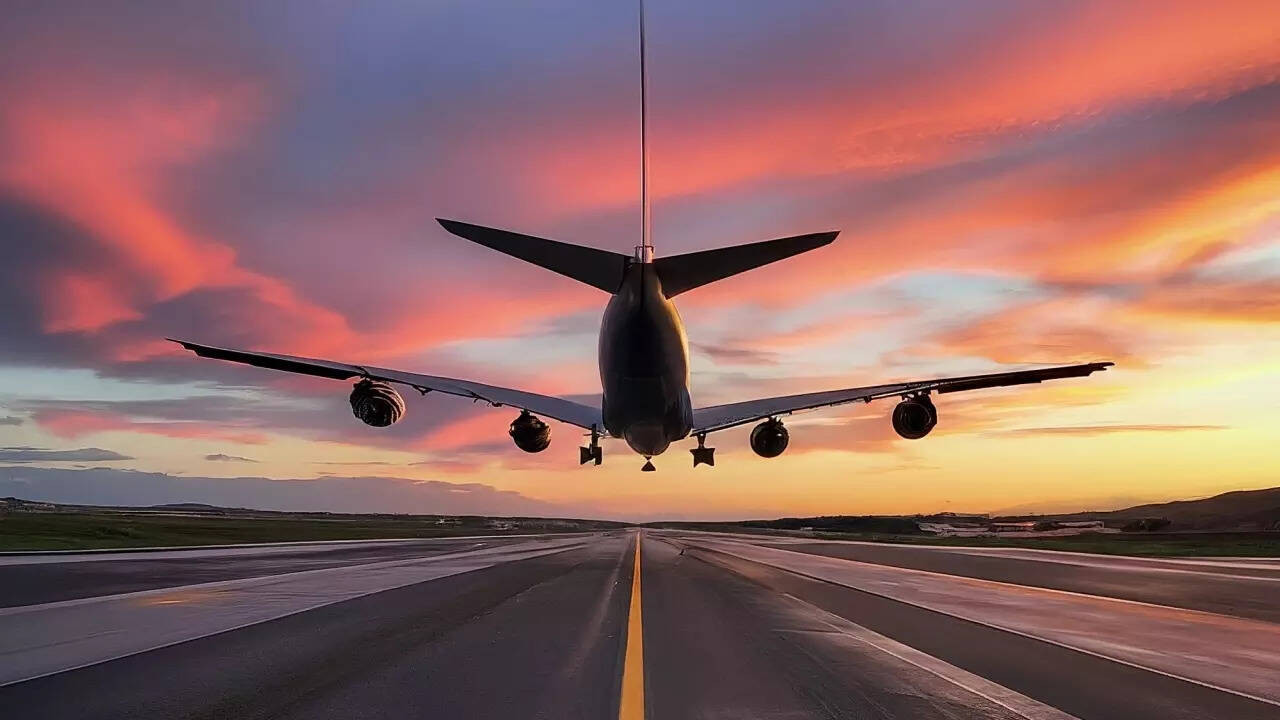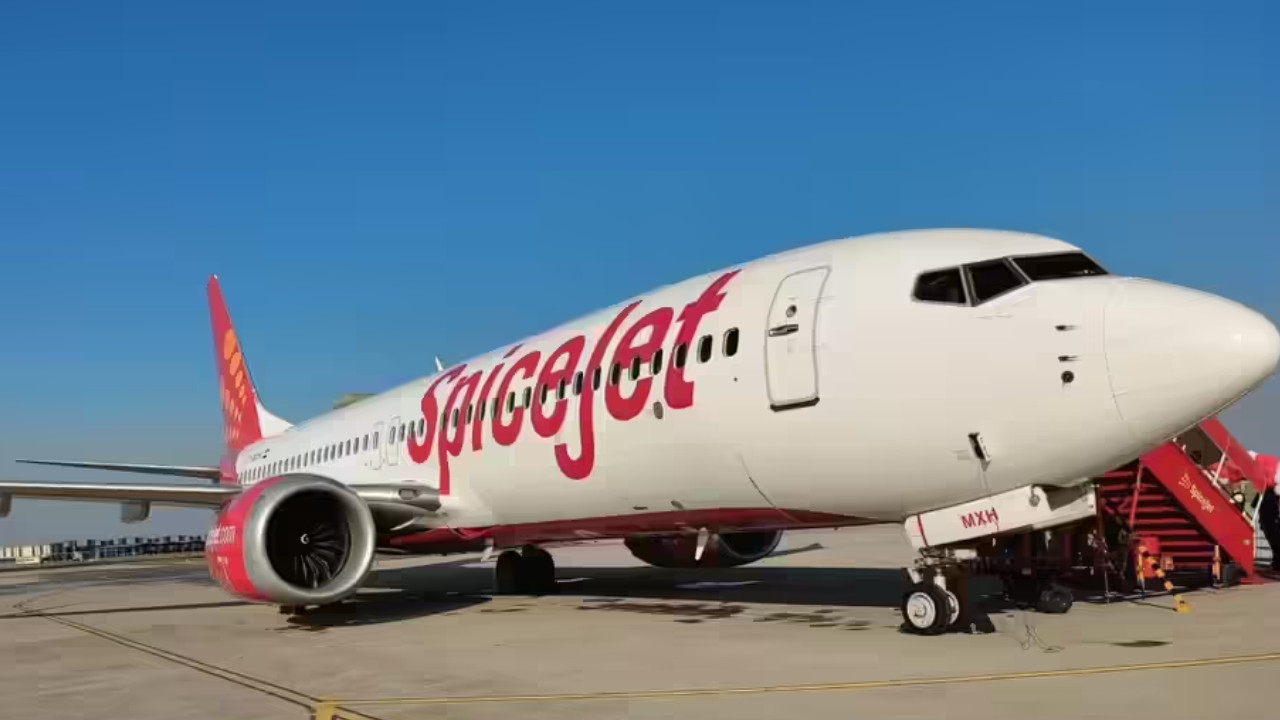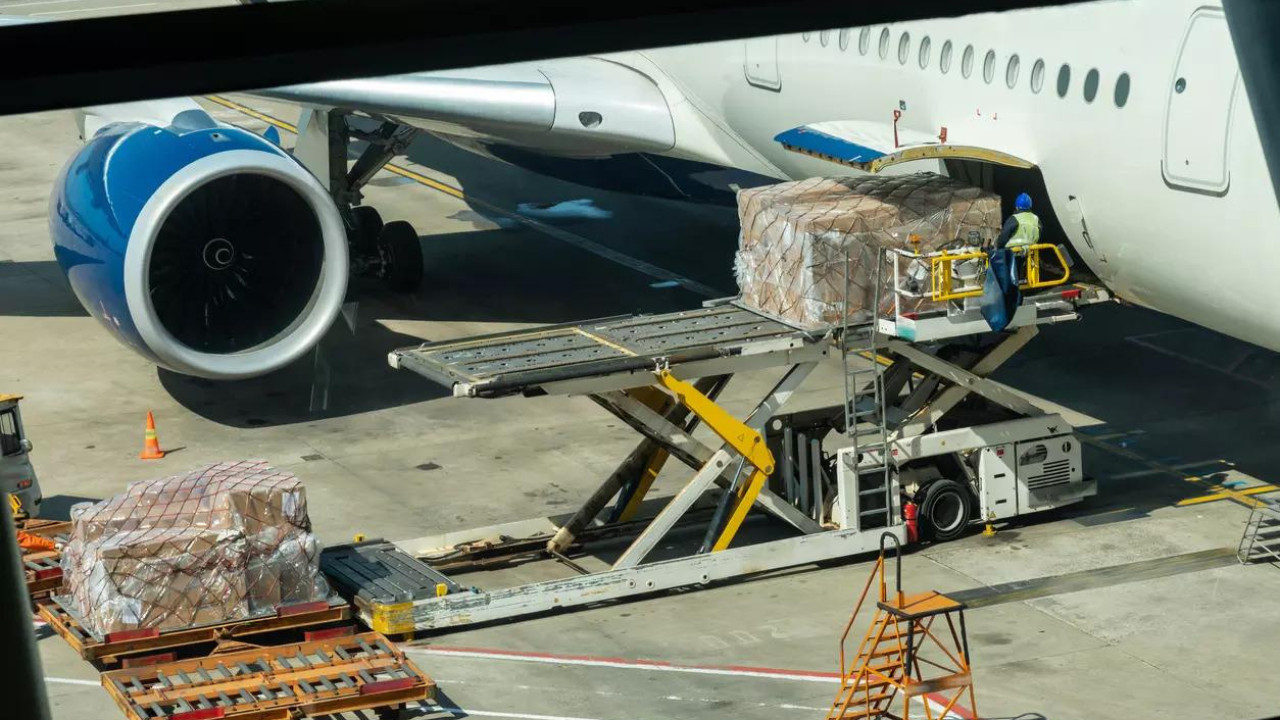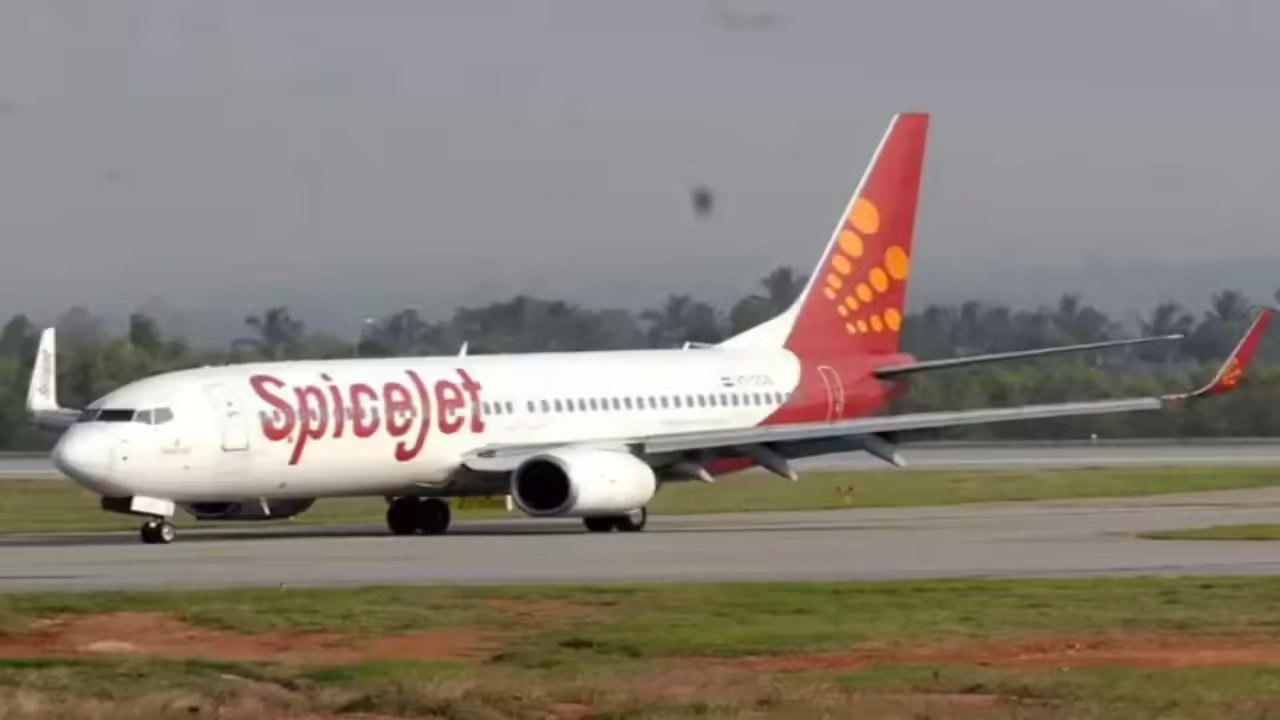Air India faced scrutiny from the DGCA for operating Airbus aircraft with overdue emergency equipment checks, potentially violating safety standards. While Air India is working to rectify the issues, the DGCA warned that non-compliance could lead to suspension of airworthiness certificates and penalties.
Air India Grounded? Safety Concerns Soar After DGCA Report
Okay, folks, let’s talk about flying. We all crave those trips, whether it’s a sunny getaway or a vital business meeting. We trust airlines to get us there safely, a trust built on rigorous maintenance, meticulous checks, and adherence to strict regulations. But what happens when that trust is shaken?
That’s precisely the feeling creeping in after a recent report has emerged regarding Air India and their Airbus fleet. It’s more than just a regulatory slap on the wrist; it raises serious questions about safety standards and the oversight mechanisms in place.
Just days before that tragic Air India Express crash in Kozhikode back in 2020, India’s aviation watchdog, the Directorate General of Civil Aviation (DGCA), apparently issued a stern warning to Air India. The issue? Breaching standard airworthiness requirements on their Airbus aircraft. That’s right, days before a major incident. Let that sink in.
The report, as outlined in Times of India, suggests a pattern of non-compliance that went beyond a simple oversight. We’re talking about potential violations of crucial safety protocols designed to ensure these aircraft are, well, airworthy. These aren’t optional extras; they are the bedrock upon which the entire aviation industry is built.
Now, specifics are key here. The DGCA’s warning highlighted potential problems with the way Air India was maintaining its Airbus fleet. Airworthiness isn’t just about whether a plane can physically fly; it encompasses everything from the integrity of the engines and control systems to the functionality of emergency equipment. Think of it like ensuring your car not only starts but also has functioning brakes, working headlights, and properly inflated tires.
The implications are potentially vast. While the report doesn’t explicitly link the pre-crash warning to the Kozhikode accident, the timing alone is enough to cause alarm. Any deviation from standard maintenance protocols can increase the risk of mechanical failures, potentially jeopardizing the safety of passengers and crew.
Let’s be real, running an airline is a complex and demanding task. There are tight schedules, fierce competition, and constant pressure to cut costs. But safety can never be compromised. It has to be the non-negotiable priority.
So, what happened here? How did these alleged breaches occur? Was it a systemic issue within Air India’s maintenance department? Were corners being cut in the name of efficiency? Or was it a simple case of human error exacerbated by inadequate oversight? These are the questions that demand answers, and frankly, the public deserves them.
What makes this situation even more concerning is the timing of the DGCA’s warning. The fact that it came so close to the tragic Kozhikode accident naturally raises questions about whether stricter enforcement or more proactive measures could have potentially prevented the disaster. It’s easy to play Monday morning quarterback, but these are crucial lessons to be learned.
The good news, if there is any, is that this report provides an opportunity for a serious reassessment of safety practices within Air India and the broader aviation sector. It’s a chance to identify vulnerabilities, strengthen oversight mechanisms, and ensure that safety remains the paramount concern at all levels.
Ultimately, the responsibility rests on the shoulders of Air India’s management and the DGCA to take decisive action. They need to conduct a thorough investigation, address any identified shortcomings, and implement robust measures to prevent similar issues from arising in the future.
This isn’t just about compliance; it’s about restoring public trust. When passengers buckle up for a flight, they’re placing their lives in the hands of the airline. They deserve the assurance that every possible precaution has been taken to ensure their safety.
So, as passengers, we need to stay informed. We need to hold airlines accountable. We need to demand transparency and unwavering commitment to safety. This isn’t about creating panic; it’s about fostering a culture of vigilance and ensuring that air travel remains the safest mode of transportation. Let’s hope this report serves as a crucial wake-up call, prompting meaningful changes that prioritize safety above all else. We all have a vested interest in making sure that the skies remain safe for everyone.







